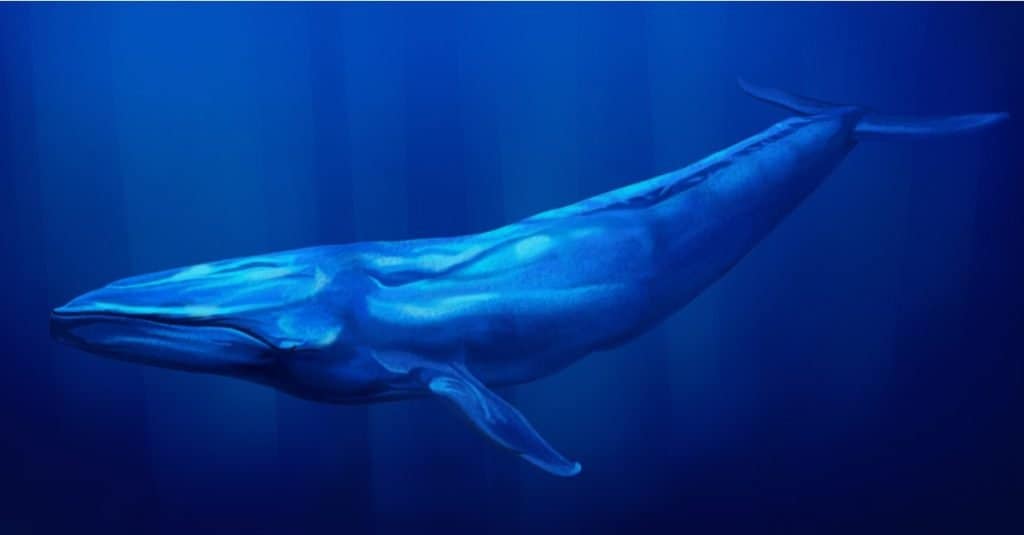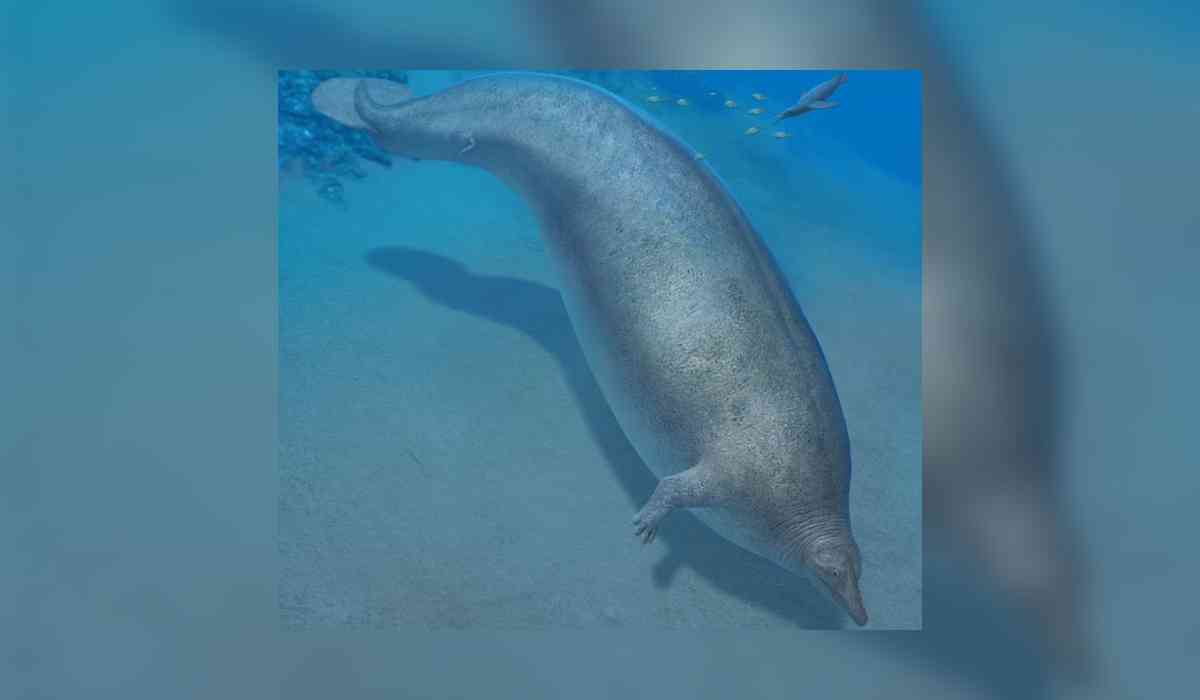In a groundbreaking revelation that rewinds the tape of time, researchers have crowned an ancient leviathan, the Perucetus colossus, as the heavyweight champion of the animal kingdom, surpassing even the mighty blue whale. This prehistoric marine behemoth, a colossal whale from Peru, has set a new bar for sheer mass and awe-inspiring dimensions. The epoch-shattering announcement comes courtesy of a recent study published in the esteemed pages of "Nature."
Ancient Whispers from the Peruvian Sands
Delving into the heart of the enigmatic Peruvian desert, a squad of intrepid scientists embarked on a mission to resurrect a bygone era. Through a decade-long odyssey, they resurrected a long-lost species from ancient remains entombed in the arid embrace of time. What they unveiled was no ordinary discovery—it was the Perucetus colossus, a true titan among ancient creatures.

From Fossils to Revelation
Gazing upon the unearthed remnants of the Perucetus colossus, researchers marvelled at its gargantuan dimensions. Stretching to a length of 66 feet, this oceanic colossus may not hold the record for length, but its massiveness speaks volumes. Bones denser than the secrets of the deep hinted at an astonishing weight, potentially ranging from 94 to a staggering 375 tons. The most colossal blue whales ever documented in modern times pale in comparison, with a weight estimated at around 200 tons.
Ancient Titans vs. Modern Behemoths
As the dust settled on this epochal revelation, the Perucetus colossus squared off against its modern rival, the blue whale. While the blue whale claims dominion over the seas with its prodigious length, the Perucetus colossus brandishes its bone density and sheer bulk as its heavy artillery. The battle for the title of the heaviest creature ever to grace the Earth rages on between these oceanic Goliaths.

The Remarkable Hunt for Clues in the Ica Desert
The arid Ica desert, once a watery domain, cradled the ancient secrets of the Perucetus colossus. Guided by the whispers of history, an international team of researchers embarked on an epic quest within its sandy expanse. The arduous labour of unearthing 13 vertebrae, four ribs, and a hip bone brought to light a partial puzzle that held the key to unveiling the past.
A New Approach to Ancient Remains
Deciphering the whispers of the past required innovative techniques to piece together the ancient puzzle. Traditional methods struggled to grasp the entirety of the colossus, prompting the adoption of revolutionary structured light scanning. This cutting-edge technology sculpted a three-dimensional masterpiece from ancient fragments, enabling scientists to estimate the colossal creature's dimensions and heft.
Echoes from Eons Past: Dancing Through the Epochs
In the ebb and flow of Earth's history, the Perucetus colossus emerged during the Eocene epoch, a chapter of time defined by evolutionary transitions from land to sea. As cetacean kin gradually embraced marine existence, this mighty leviathan prowled ancient waters, perhaps utilizing its weighty skeleton as a maritime anchor, reminiscent of modern-day sea cows and certain sharks.
A Symphony of Discoveries: The Ica Desert's Melodic Prelude
Beyond its role as the backdrop to the Perucetus colossus unveiling, the Ica desert has orchestrated symphonies of discovery. From pioneering the first steps into the Pacific Ocean by four-legged cetaceans to unveiling the primordial ancestors of modern baleen whales, this arid landscape holds the keys to unlocking the serenades of Earth's distant past.
As the echoes of time continue to reverberate through the sands of the Ica desert, the Perucetus colossus stands as a testament to the grandeur of Earth's history. Its majestic presence serves as a bridge across the ages, connecting us to an era when giants roamed the ancient seas, leaving an indelible mark on the tapestry of life.
© Copyright 2023. All Rights Reserved Powered by Vygr Media.






















